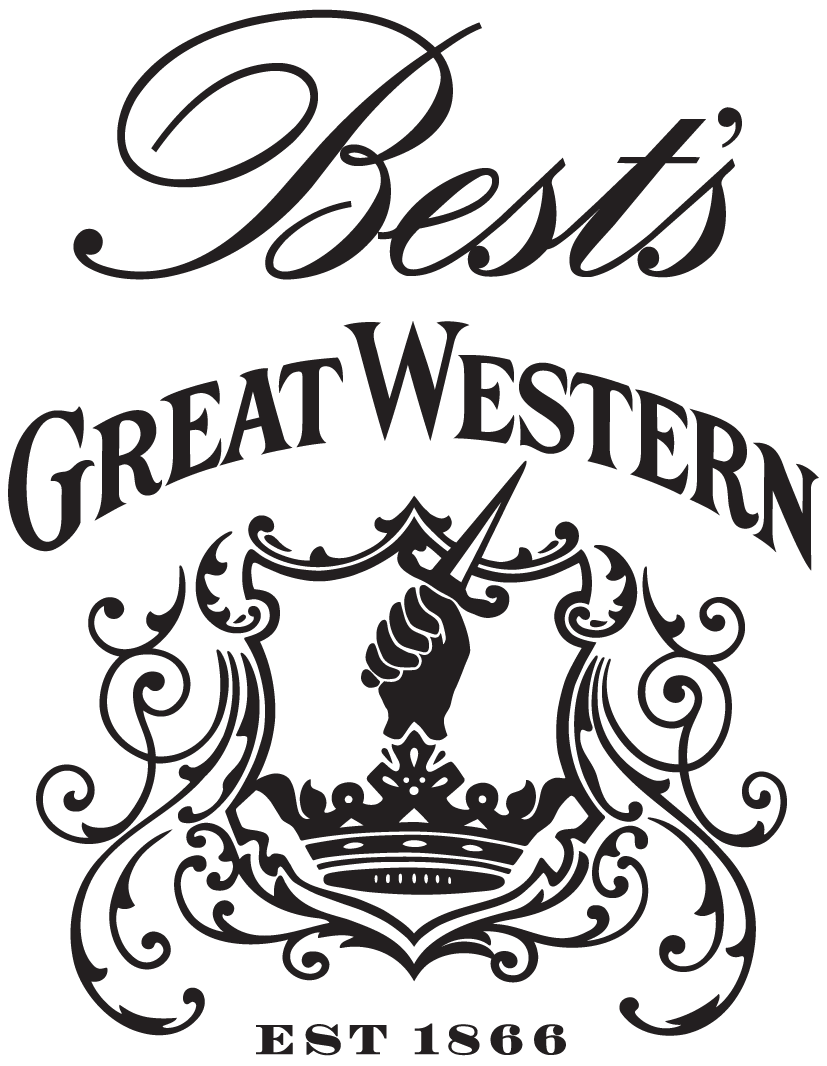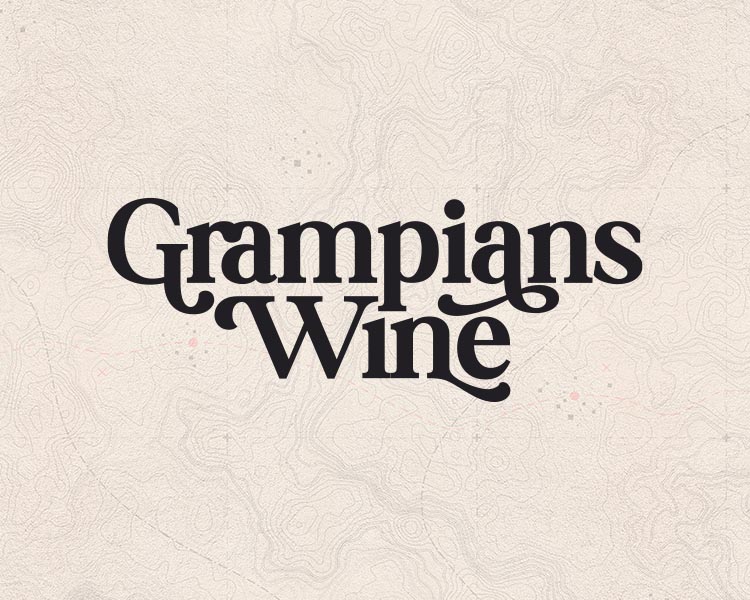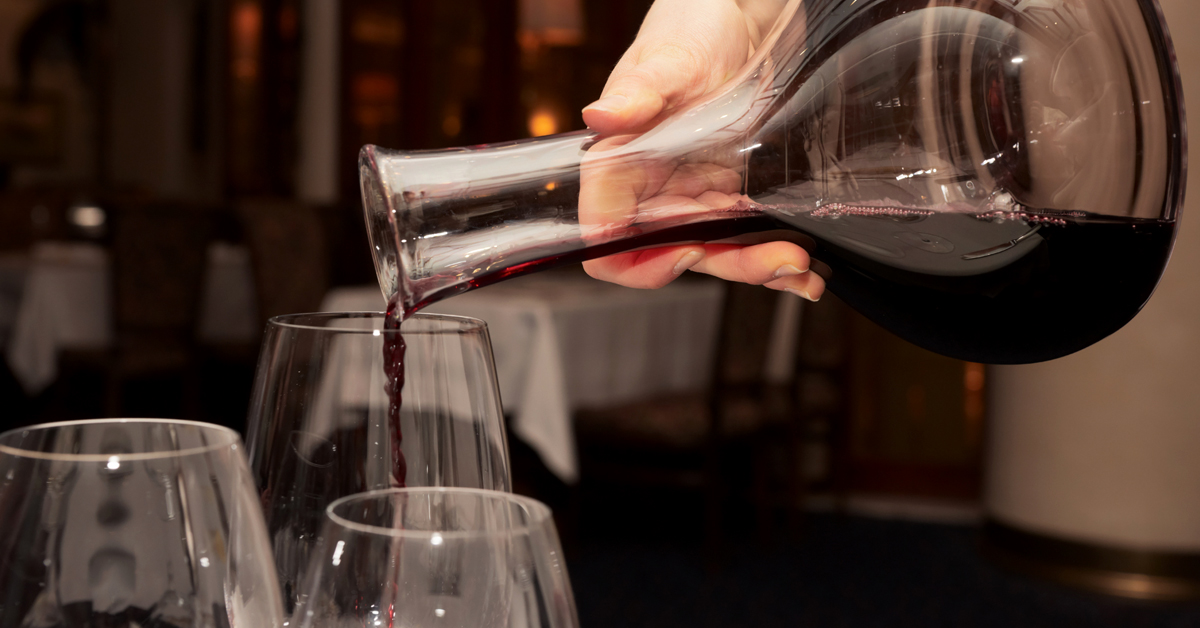Top Six Rules for Matching Food and Wine
The subject of food and wine matching can be daunting, but with a few straightforward tips you’ll be successfully pairing like a pro in no time. We love great food and wine, and believe that the right match can enhance what’s on the plate and in the glass. Keep in mind, however, that there really isn’t a right or wrong combination. Just like we all enjoy different wine styles, the same can be said for the perfect pairing – everyone’s palate is different, so what works for one person may not work for another. The most important thing is to have fun and enjoy the process!
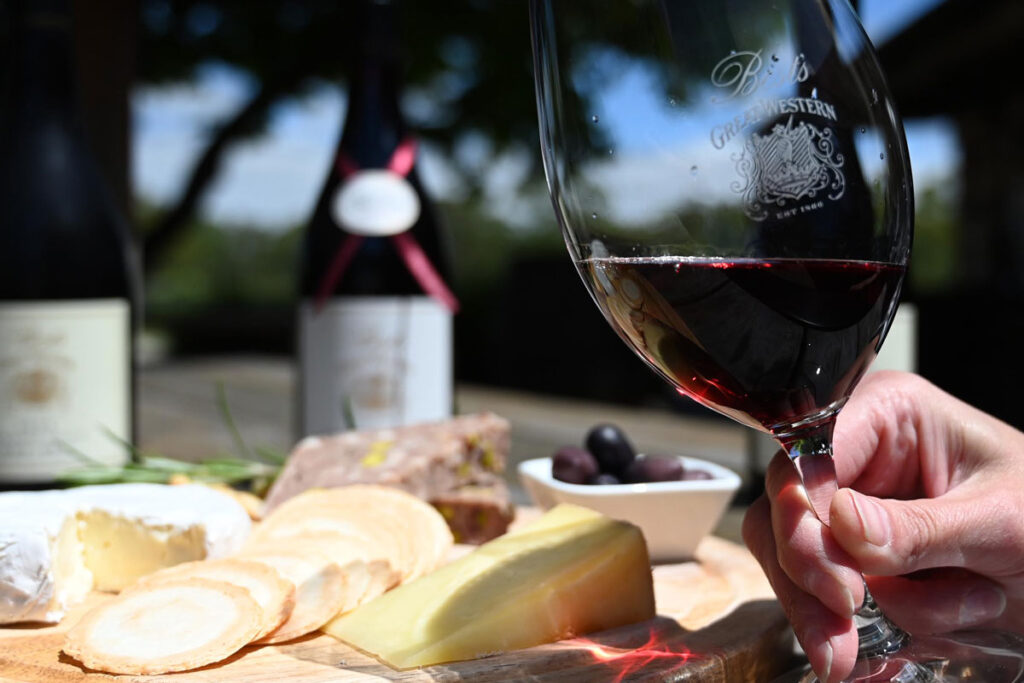
Read on to discover our six top tips to consider when pairing food and wine.
1. Contrast or Complement
One of the fundamentals in the process of food and wine pairing is balance. The aim is to choose a wine that won’t dominate, or be dominated, by the dish. This means choosing a match that is either complementary or contrasting. A complementary match balances the weight, texture and flavour of the food with a similarly weighted and flavoured wine – like an earthy Pinot Noir with a mushroom risotto, or a full-bodied Shiraz with a juicy steak. A contrasting match works of the idea that opposites attract, such as pairing a racy, acidic Riesling with fleshy scallops in a rich butter sauce.
2. Match the wine with the sauce
If you feel like there’s a few different components to a dish, a helpful shortcut is to base your wine match on the sauce. Choosing your pairing in this way ensures that the flavours complement each other. For example, a tomato-based pasta sauce pairs well with a medium-bodied red wine like Cabernet Sauvignon, while cream-based sauces go well with full-bodied white wines like Chardonnay.
3. Pair wine with the region
Pairing wine with the region a dish originates from is also an easy cheat to finding a complementary pairing. European classics tend to be highly regional and are generally made to match wines from the same area, and often incorporate them as part of the recipe. A perfect example of this is Beef Bourguignon from Burgundy, paired with Pinot Noir or Gamay, or the many pork dishes of Alsace paired with Riesling.As an extension of this, pairing festive wines with festive foods also works a treat. Sparkling Shiraz shines with Christmas turkey or ham, and as a match for rich chocolate dishes.
4. Spice goes with spice
The degree of difficulty goes up a level when trying to match a wine to spicy foods. In many cases it’s easier to pair with a nice, cold beer! However, those partial to an off-dry white wine like a Gewürztraminer or Riesling will find a lovely wine pairing as the sweetness of the wine will help to contrast with the heat.
5. Be flexible
There are times when being flexible with your selection will pay dividends – especially if you’re out at a restaurant and have been handed the wine list. In this scenario, you’ll be tasked with trying to find a wine that will please a few palates and dishes. Your best option here is go for a white wine with cleansing acidity, or a light to medium bodied red wine with plenty of fruit and low tannin, like Pinot Noir or Grenache.
6. Experiment!
Finally, the most important tip for food and wine pairing is to experiment and have fun with it. Don’t be afraid to try new things – you may not get it right every time, but you may also discover your own perfect pairings. Our Pick a Platter selection at our Cellar Door is a great way to experiment with a spread of local cheese and charcuterie, with the range of Best’s wines at your fingertips to match.
Looking for more food and wine pairing inspiration? We’ve done the hard work for you with our favourite recipes complete with a suggested Best’s wine match:
- Oysters with Japanese Dressing paired with Best’s Great Western Riesling
- Slow Cooked Lamb Shanks with Best’s Bin No.1 Shiraz
- Thai Pork Larb Salad with Best’s Great Western Rosé
